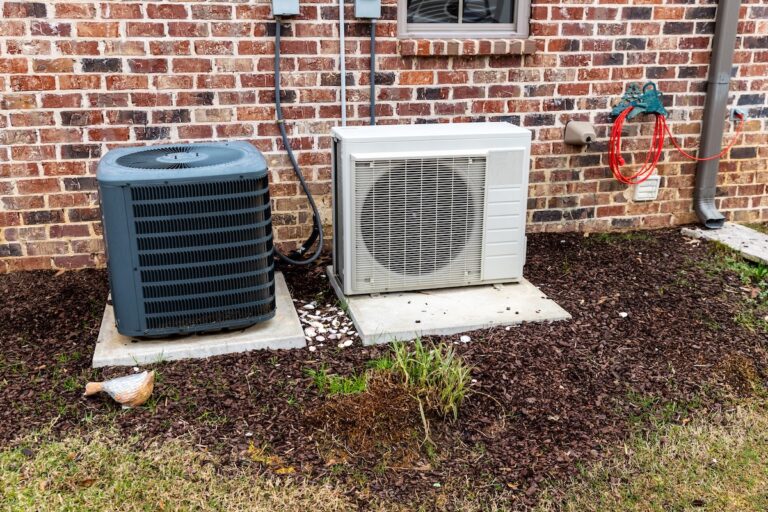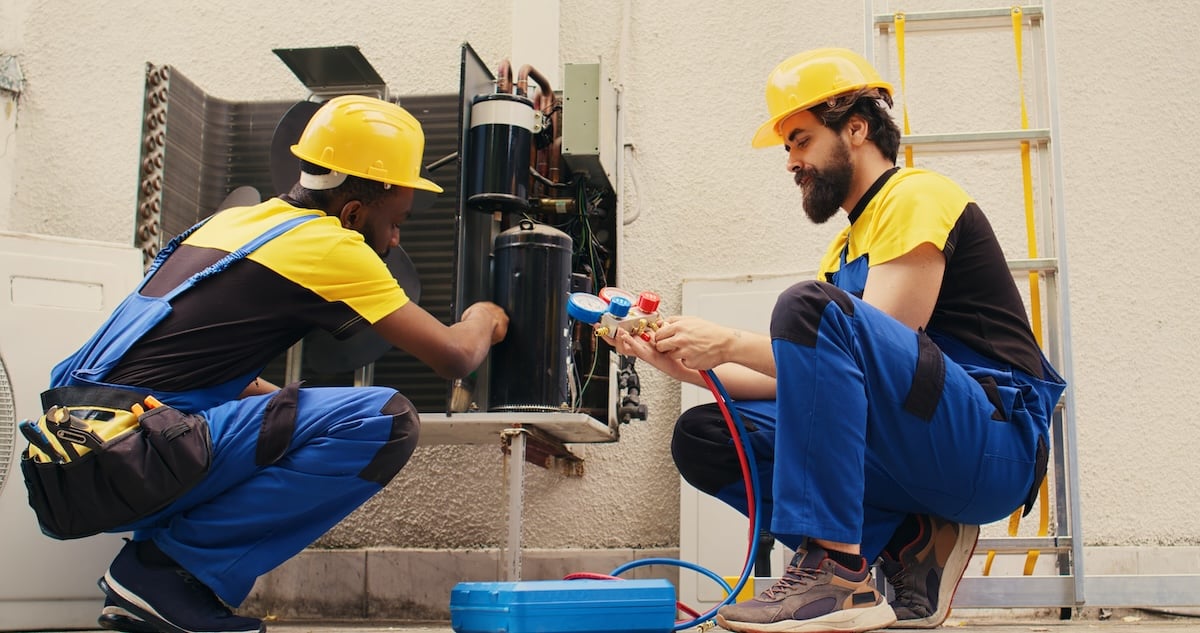
An AC compressor is a vital component of your air conditioning system. When it stops working, your AC unit can’t cool your home efficiently. To maintain a comfortable indoor environment, understanding the process of AC compressor replacement is essential. This guide outlines the key aspects of replacing an AC compressor, so you’re informed about every step of the process.
Here’s what we’ll cover:
- What is an AC compressor and why does it fail?
- Steps to replace an AC compressor
- The importance of professional AC compressor replacement
🤔 What Is an AC Compressor and Why Does It Fail?
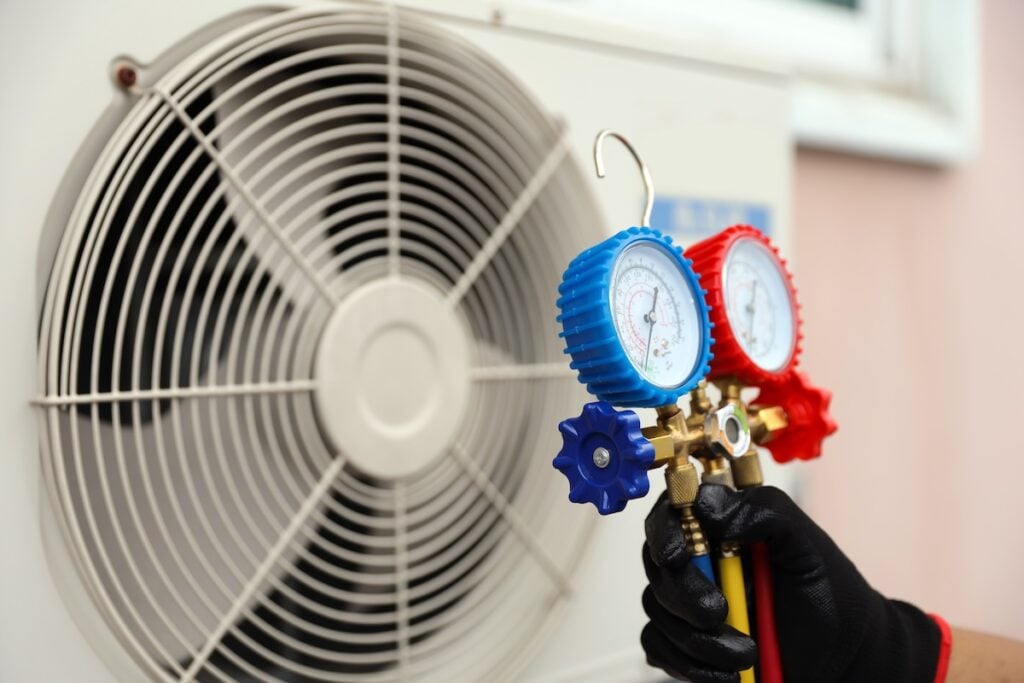
The AC compressor acts as the heart of your air conditioning system. It compresses refrigerant gas and circulates it through the system to remove heat from your home. Unfortunately, wear and tear or other issues can cause the compressor to fail over time.
Signs You May Need an AC Compressor Replacement
Before considering a replacement, you’ll want to identify signs that indicate your compressor might be failing. Look out for the following:
- Poor Cooling Performance: If your home isn’t cooling evenly, the compressor might not be maintaining proper pressure.
- Loud Noises: Clanking, rumbling, or banging sounds can indicate a mechanical failure.
- Warm Air from Vents: If your system blows warm air despite being set to cooling, it’s a red flag.
- Frequent Tripping of Circuit Breaker: Faulty compressors often cause electrical issues.
- Refrigerant Leaks: Puddles of refrigerant or frost build-up on components are telltale signs.
✅ 7 Steps to Replace an AC Compressor
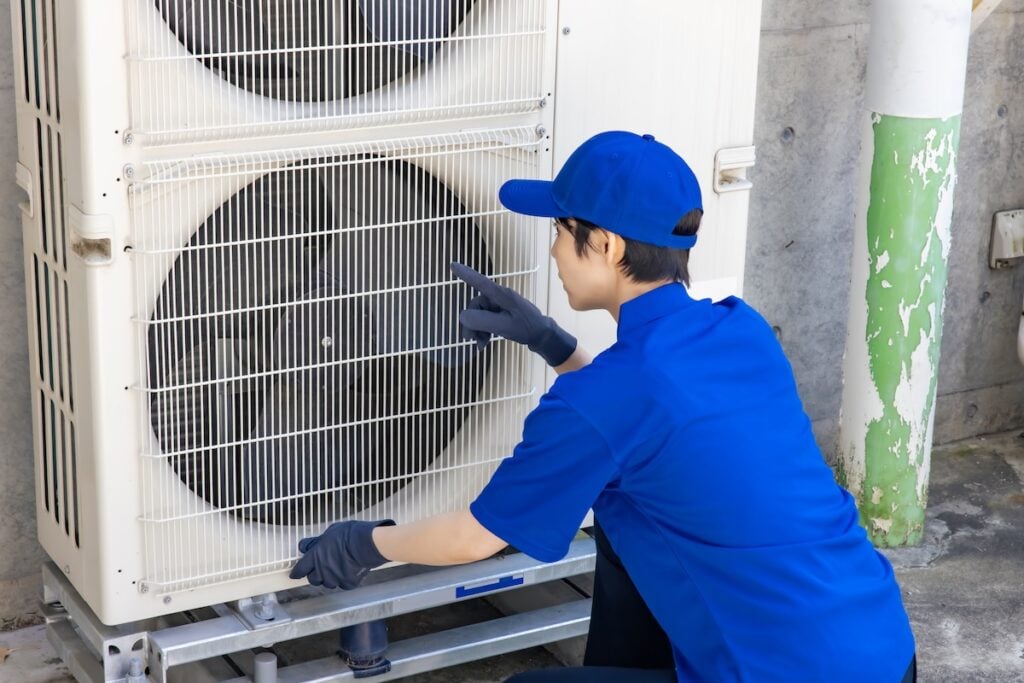
Replacing an AC compressor involves technical expertise. While it’s not a DIY-friendly task, understanding the process will help you feel confident hiring the right HVAC expert.
Here’s an overview of the steps involved:
1. Diagnosing the Problem
The first step in repairing an HVAC compressor is to identify the root cause of the issue. An experienced technician will thoroughly inspect the entire system, checking for signs of wear, damage, or malfunction. This may include testing electrical components, observing the compressor’s behavior, and listening for unusual noises. The goal is to confirm whether the compressor itself is the problem or if another part of the system is causing the failure. By accurately diagnosing the issue, the technician can determine the best course of action, whether it’s repairing, replacing, or addressing other related components.
2. Switching Off the System
Safety is a top priority during any HVAC repair. Before beginning work, the technician will turn off the power supply to the system to prevent electrical hazards. This step is crucial to avoid accidental shocks or injuries during the repair process. They will also verify that the system is completely powered down by checking electrical connections and ensuring there’s no residual current flowing through the unit. This precaution ensures a safe working environment for both the technician and the equipment.
3. Removing Refrigerant
HVAC compressors contain refrigerant, a substance essential for cooling but subject to strict environmental regulations. The technician will use specialized tools to safely remove and recover the refrigerant from the system, ensuring it is not released into the atmosphere. This step requires precision and adherence to legal guidelines to minimize environmental impact and avoid penalties. Proper containment of the refrigerant also ensures it can be reused or disposed of responsibly. Once the refrigerant is evacuated, the technician can proceed with disassembling the compressor.
4. Disconnecting the Old Compressor
Once the refrigerant has been removed, the technician will carefully disconnect the faulty compressor. This involves detaching the refrigerant lines, electrical wiring, and mounting brackets. Each connection is handled with care to prevent damage to surrounding components. The technician will also inspect the disconnected parts to ensure they are in good condition and compatible with the new compressor. This process can be time-consuming, as precision is required to avoid leaks, electrical faults, or other issues when the new compressor is installed.
5. Installing the New Compressor
With the old compressor removed, the new compressor is installed in its place. The technician will secure it to the mounting brackets, ensuring it is positioned correctly and firmly in place. Next, the refrigerant lines are reconnected, and electrical wiring is carefully attached according to the manufacturer’s specifications. Every connection is double-checked to ensure it is secure and functional. Proper installation is critical for the system to operate efficiently and safely. The technician will also inspect the surrounding components to ensure they are compatible and in optimal condition for use with the new compressor.
6. Refilling Refrigerant
After the new compressor is installed, the system must be refilled with refrigerant to restore its cooling capacity. The technician will use the correct type and amount of refrigerant as specified by the manufacturer. This step involves adding refrigerant slowly and precisely to ensure the system is balanced and operates at peak efficiency. Once the refrigerant is refilled, the technician will check for any leaks in the lines or connections. Proper refilling is essential to avoid overcharging or undercharging the system, both of which can affect performance and longevity.
7. Testing the System
The final step is to test the repaired HVAC system to ensure everything is functioning correctly. The technician will power up the system and closely monitor its operation, checking for proper cooling performance, noise levels, and overall efficiency. They will also verify that the refrigerant pressure is within the recommended range and that there are no leaks or electrical issues. This thorough testing process ensures that the system is ready for normal operation and will provide reliable performance moving forward. Once the tests are complete, the repair is finalized, and the system is ready to keep your space comfortable.
👨🔧 The Importance of Professional AC Compressor Replacement
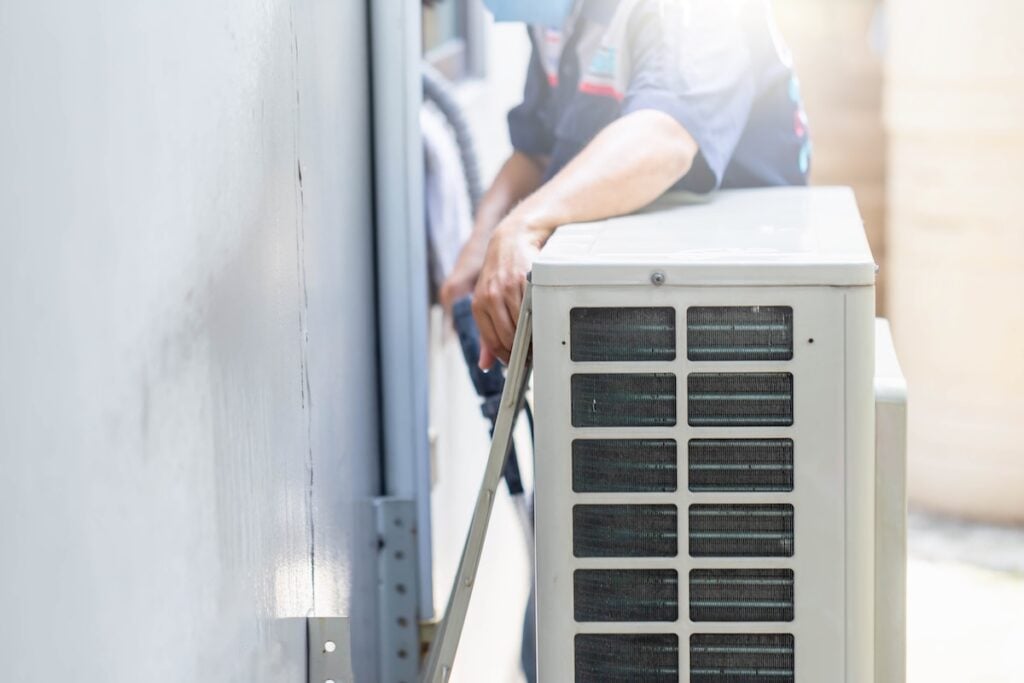
Replacing an AC compressor isn’t just about swapping out a part. It’s a complex process that requires specialized tools and expertise. Attempting it yourself can lead to further damage or safety hazards. Here’s why working with a professional matters:
Accurate Diagnosis
Certified technicians are trained to identify the root cause of system issues. They ensure the compressor is truly at fault before proceeding with a replacement, avoiding unnecessary repairs and saving you time and money. An accurate diagnosis prevents future complications and ensures the job is done right the first time.
Safety Measures
Replacing a compressor involves handling refrigerants, electrical components, and high-pressure systems—all of which require strict compliance with safety regulations. Professionals follow these guidelines to protect both you and your equipment, minimizing risks of accidents or damage during the process.
Warranty Compliance
Many manufacturers require compressor replacements to be performed by certified technicians to maintain warranty validity. Attempting repairs yourself or hiring unqualified personnel can void the warranty, leaving you without coverage for future issues. Certified professionals ensure your warranty stays intact.
Efficient Work
Time is valuable, and professional technicians understand the importance of getting your system back up and running quickly. Their expertise and tools allow them to complete the job efficiently, minimizing downtime and restoring your system without unnecessary delays.
🏡 AC Compressor Replacement
Choosing the right team for your AC compressor replacement is crucial to ensuring your system runs efficiently and reliably. At Thelen Plumbing, Heating, and Air, we’re committed to delivering exceptional service with expertise you can trust. Our licensed technicians, fast response times, and fair pricing make us the go-to choice for HVAC solutions in Minneapolis and the Twin Cities Metro.
Whether it’s a routine repair or an emergency fix, we’re here to keep your home comfortable year-round. Contact us today to schedule your service and experience the difference of working with a team that puts your needs first!
Unlock Our Limited-Time Deals!
Take advantage of our offers on AC tune-ups, new installs, repairs, and more.
We Can’t Wait to Help Your Home!
"*" indicates required fields



